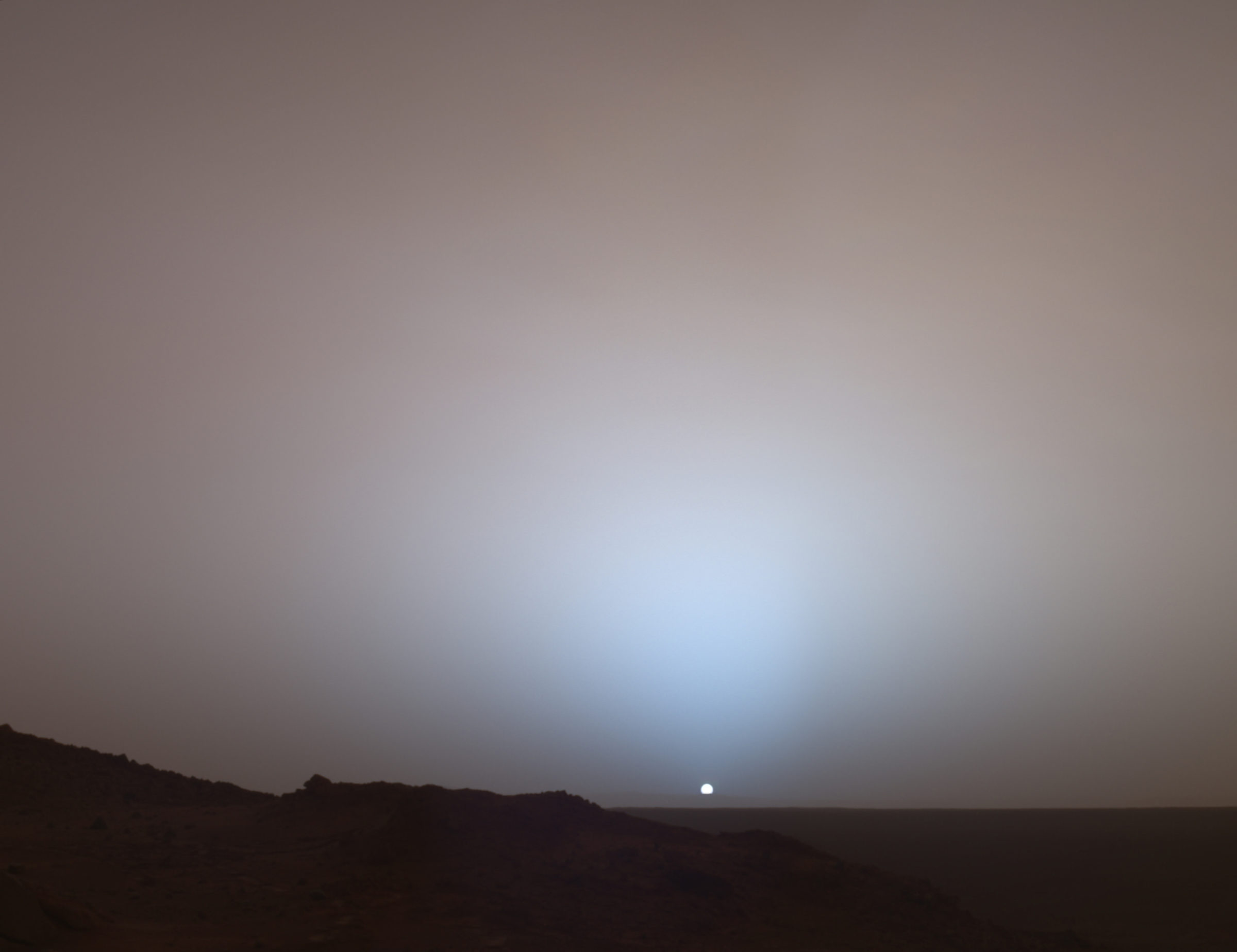Louis D. Friedman • Jan 14, 2013
Crazy Far
“‘It’s Mars or nowhere,’ says Louis Friedman, an astronautics engineer and one of the founders of The Planetary Society…” This is me being quoted in the current issue of the National Geographic (Jan 2013). “Crazy Far” is the title.
It is not a misquote, but it is a misunderstood quote (which I tried to explain in a long interview with the author – an interview reduced to that one sentence). In the sentences before and after the author interprets this to mean “eternal confinement to two small planets in a vast galaxy.” My view of the future extension of human presence in our galaxy (and perhaps universe) is not a negative one about not going, but a hopeful one about the way we go – faster than anyone now imagines.
I discussed the way in an article in The Planetary Report (March 2012): tiny nano-spacecraft (or smaller) incorporating nano-technology, cognitive information processing and bio-genetic technologies in their payloads to permit human bodies on Earth and Mars to be virtually present on many newly discovered worlds beyond our solar system. Equip these spacecraft with solar sail propulsion and you can exit the solar system at very fast speeds; and if you replace with sunlight with laser light (from solar powered laser stations in our solar system) you can keep increasing the speed over interstellar distances – enabling these instrumented probes to get to interstellar destinations and send back to data within a single lifetime. Human exploration will be carried out by millions of us, not just a few emissaries whose experience is given to us vicariously.

The ideas in the National Geographic article are surprisingly old-fashioned, not much different than those we might have read a half-century ago: for example, fusion propulsion or anti-matter annihilation, and even (according to the National Geographic caption on a gorgeous 3-page art piece) “thousands of colonists on an interstellar Mayflower on a journey lasting generations.” Not only could they have been written in the 1950s; they were. Leslie Shepherd, the Technical Director of the British Interplanetary Society (BIS), wrote about such ideas in 1952 in the organization’s Journal. Even robotic missions were enormous: the great Daedalus project of the BIS was a serious study in the mid-1970s based on fusion spacecraft propulsion with Helium-3 fuel (both not yet invented) and a 4000 ton spacecraft to fly a unmanned flyby of Barnard’s star in 50 years.
In addition to the ideas about interstellar flight not changing much in the past 50 years, neither has the technology for human space flight. The requirements and the technology for life support are about the same now as they were for Yuri Gagarin. The capsules are about the same, except bigger. Elon Musk’s innovative new Dragon capsule is reminiscent of Apollo – showing how little the requirements for human space travel have changed. In 50 years of space flight our concepts for human space travel to the Moon or Mars have not changed. Contrast that with the advances in electronics, communications, nanotechnology, information processing, computers and bio-genetics for robotic spacecraft. And the evolution of these technologies is just beginning! In a few years we may be able to spray or print a fully functional spacecraft instrumented sufficiently to beam back holograms for other worlds onto gossamer films or even wires. Those will make the first interstellar probes. And by that time (I think less than 100 years) we humans will be completely adapted to participation in virtual exploration and not feeling left out as we fly into the atmospheres and oceans of other Earth-like planets interacting in some new way with whatever is there (biological or chemical).
If I really think that virtual exploration is the future of human exploration why then do I still say humans to Mars? I do worry that our progress in human space flight is so slow and hidebound that maybe there too we will end up satisfied with virtual. I call this a space race: of human desire for real world exploration vs human acceptance of the virtual world – or merely of humans versus robots. But, Mars is so close and relatively easy to reach, so comparatively hospitable to life (compared to any other planet we know of) and the Earth has so many grave dangers, that I think we will soon have humans living there if for no other reason than as a back-up location for the human species: a place to insure our survival. Even thought the robots may have passed us in abilities for distant world exploration, the humans (I hope) will still make the race to Mars. That is within reach now and so I believe that even despite the inefficiency of heavy spacecraft carrying life support systems, the drive for survival, adventure and discovery will still take us there. Beyond that (even to the alluring Europa deep in the radiation belt of Jupiter) too many decades are required and with so much time the nano-technologies will have evolved and we’ll be happily exploring the oceans of our solar system’s water worlds – just not with a physical presence.
To me that is exciting, optimistic and positive for extending the human presence everywhere. And, it is just the opposite of any negative implication about the statement, “Mars or nowhere.” I am not giving up on interstellar travel, I am trying to enable it. Think small, that’s the way I see it.
Support our core enterprises
Your support powers our mission to explore worlds, find life, and defend Earth. You make all the difference when you make a gift. Give today!
Donate

 Explore Worlds
Explore Worlds Find Life
Find Life Defend Earth
Defend Earth

